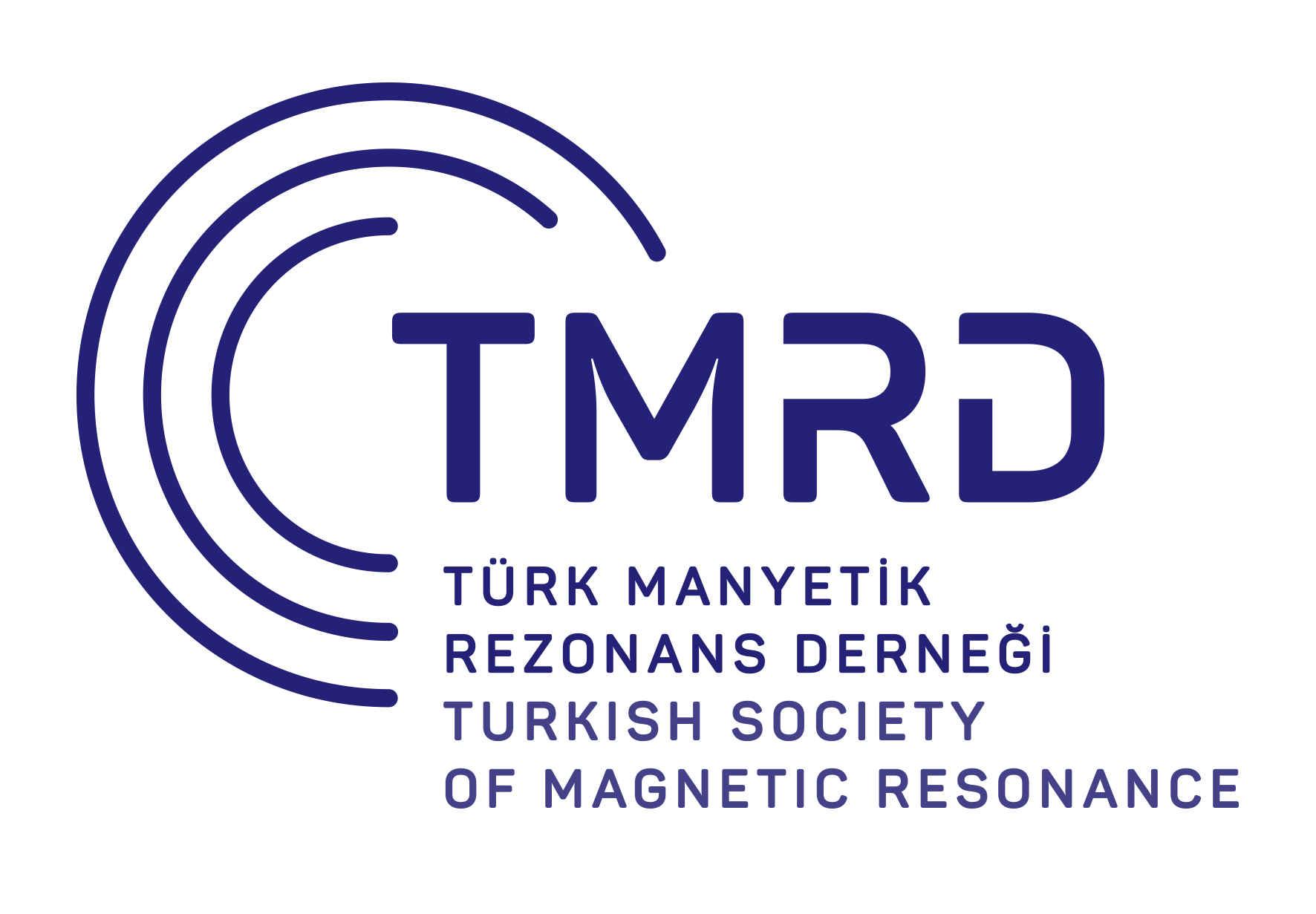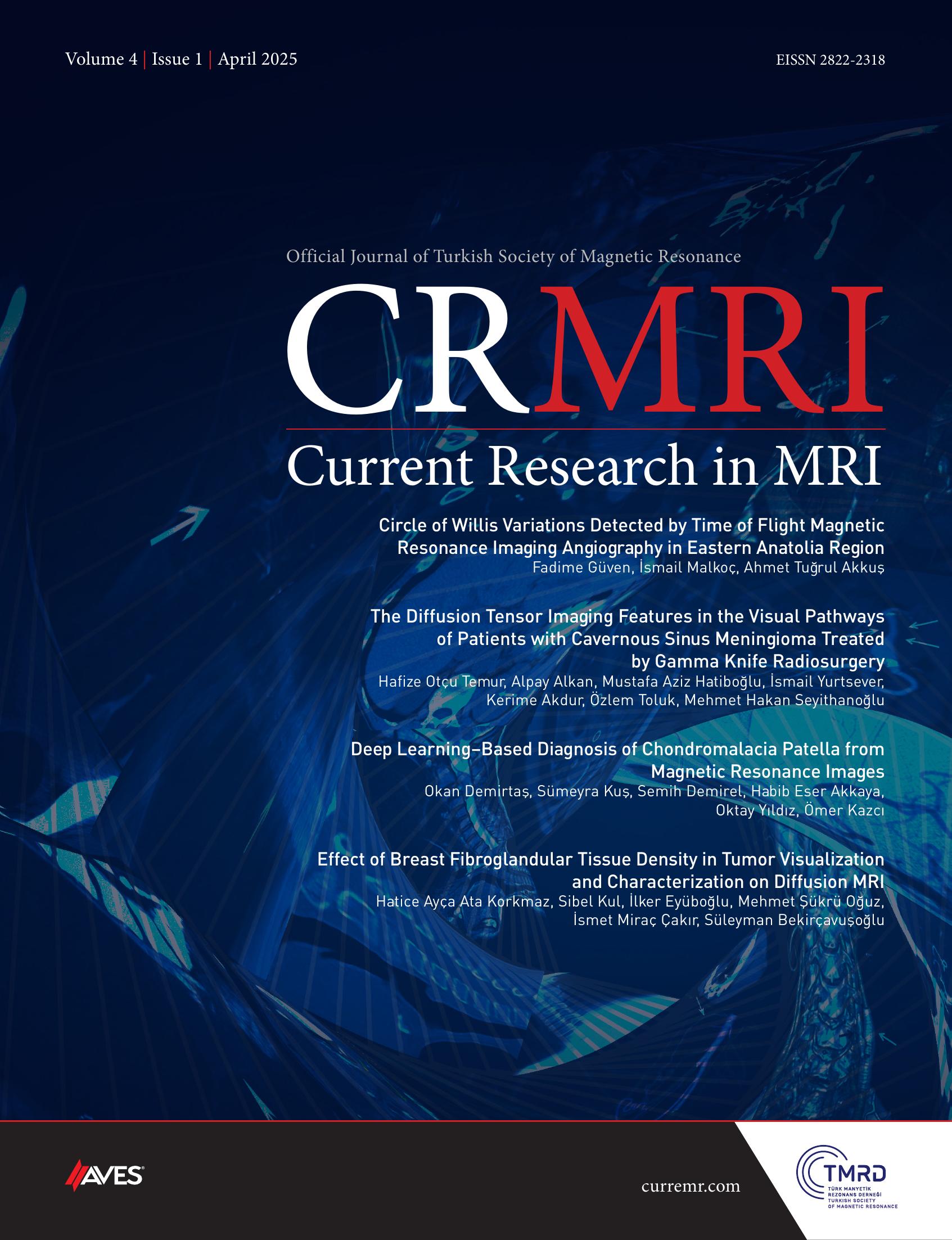Objective: The study aimed to characterize tumefactive demyelinating lesions by magnetic resonance imaging multicomponent T2 relaxation.
Methods: Quantitative T2 mapping of the intra/extra-cellular water was compared with conventional T2-weighted Fluid-Attenuated Inversion Recovery (FLAIR) and contrast-enhancement T1-weighted imaging.
Results: Tumefactive demyelinating lesions showed typical open-ring-like contrast enhancement, with no T2 hypointense rim on both FLAIR and T2-weighted but a clear heterogeneity in the intra/extra-cellular water maps. The intra/extra-cellular water T2 mapping showed a rim of shorter T2 in the same area of ring enhancement and a longer T2 in the central portion of the lesion.
Conclusions: Intra/extra-cellular water T2 mapping has a unique potential to evidence heterogeneity features and a rim of shorter T2 in tumefactive demyelinating lesion and deserves to be further investigated.
Cite this article as: Rozzanigo U, Bontempi P, Marangoni S, Giometto B, Farace P. T2 relaxometry in tumefactive demyelinating lesions: A case study. Current Research in MRI. 2022;1(3):82-84



.png)
